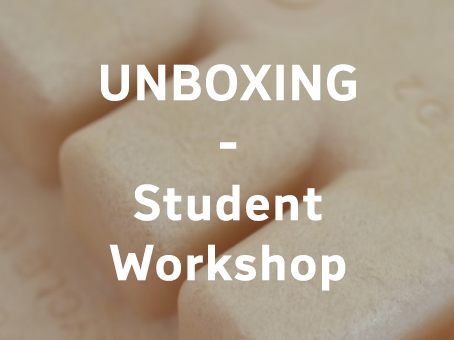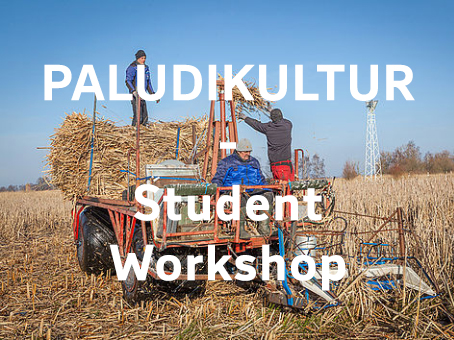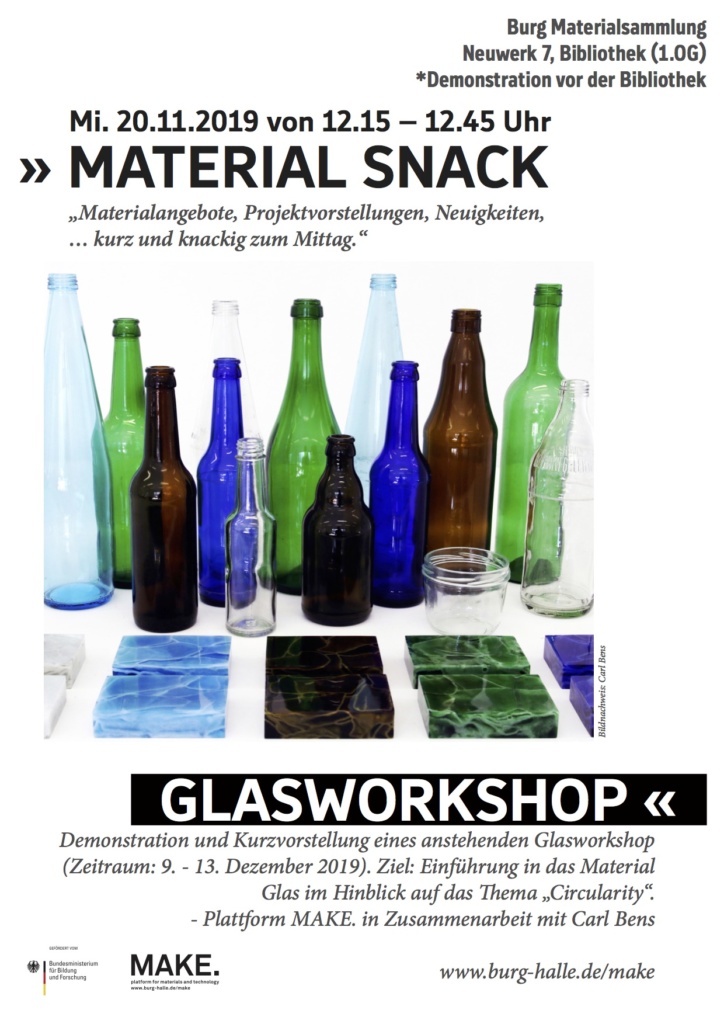Material of the Month (2013 – 2020)
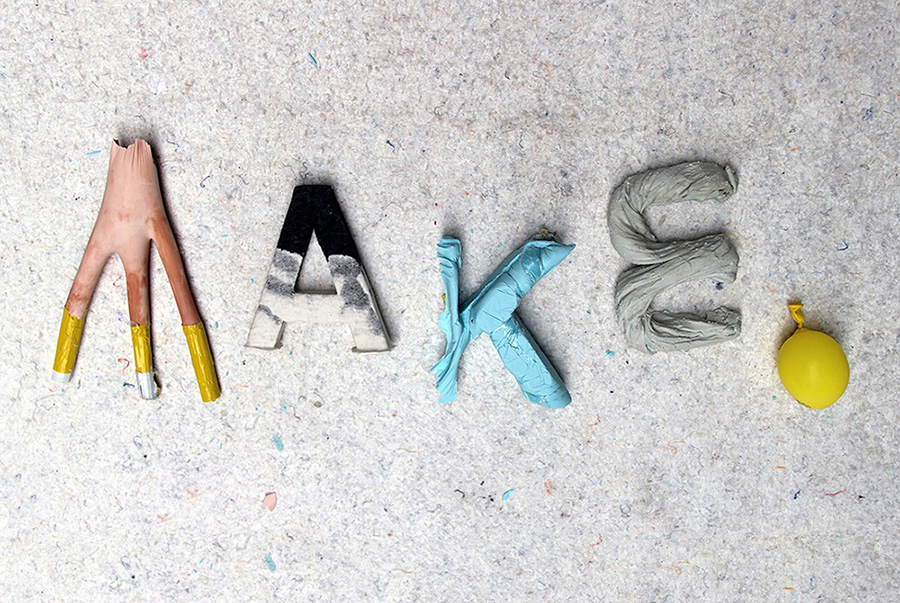
Material of the Month is an ongoing project where MAKE. offers new or unconsidered materials to be used in the projects of our BURG students. The only condition to document and share the ideas and experiments which have been realized with the sponsored material. For current or upcoming “Material of the Month” editions, please check our Weblog.
Suggestions?
Of course we would like to get your opinion. What is your substance of desire? Feel free to send your suggestions to make(at)burg-halle.de and we will do our best in getting your stuff at the BURG for future experiments.
What happened so far
2020
– Material Vending Machine: Corona created the “Materialautomat”
2019
– Material of the Month: Scrap Glass
– Material of the Month: Hanji Paper
– Material of the Month: Piñatex Vegan Leather Alternative
– Material of the Month: ThermHex Honeycomb Panels
2018
– Material of the Month: RELEA Recycled Leather
– Material of the Month: Precious Plastic
2017
– Material of the Month: Corn-based Bricks
– Material of the Month: Stone Paper
2016
– Material of the Month: Dutch Design Trash (Reuse)
– Material of the Month: Concrete Canvas
2015
– Material of the Month: Used Truck Tarps supported by FREITAG
– Material of the Month: Seaweed (with Julia Lohmann)
– Material of the Month: Mushroom (Die Welt)
– Material of the Month: 3D Printing (at the Digitale Werkstatt)
2014
– Material of the Month: Salt (Video)
– Material of the Month: Polycaprolactone (Video)
– Material of the Month: Beeswax (Video)
– Material of the Month: Tyvek (Video)
2013
– Material of the Month: Latex (Video)
– Material of the Month: Bamboo (Video)
– Material of the Month: Acrylic One (Video)
– Material of the Month: Kraftplex (Video)
Growing as Making: Online Symposium & Hands-on Workshops
Online Symposium on the status quo of biofabrication and its opportunities for art and design education – Join us September 21st
Date: 21.9.2020
Time: 18:00 – 20:30 (CEST)
Location: Online Event
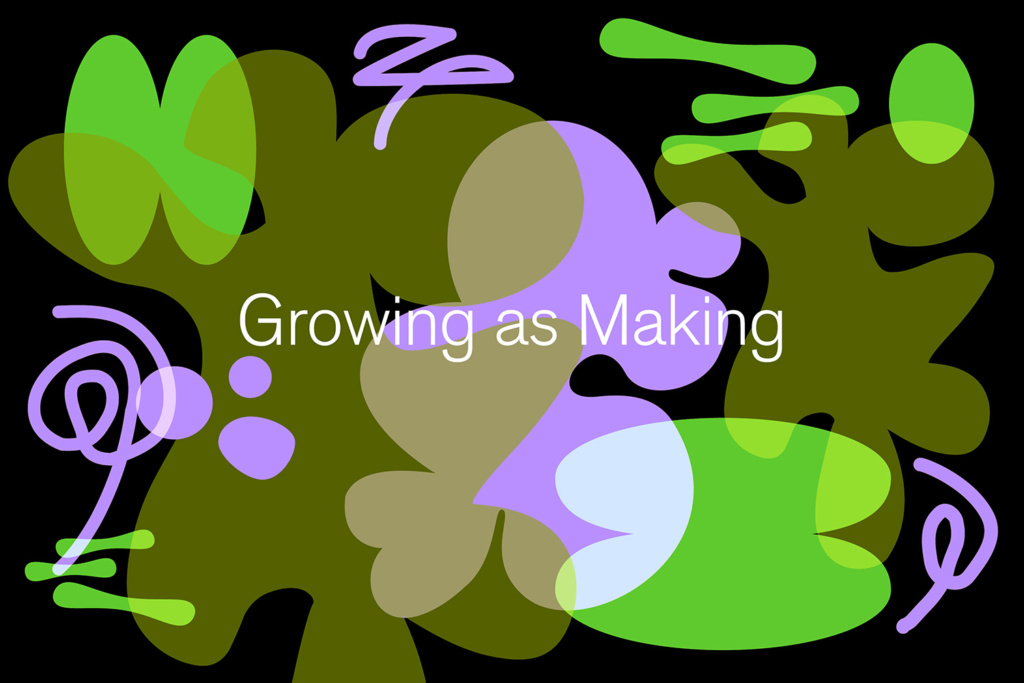
Nature is full of biological systems that have developed and optimized themselves for over millions of years. A large part of its growing processes are happening on a microbial level – invisible to the human eye. In its truest sense we want to take a closer look at this hidden life of microbes, their skills, their qualities and their possible roles in creating more sustainable futures. At this online symposium we bring together five international speakers from different backgrounds to get a better understanding of these so called “living factories” where mycelium, algae, proteins and bio-minerals are the grassroots for new material developments.
This online symposium is the starting point for two on-site workshops initiated by MAKE. – Platform for Materials and Technology Transfer at this year’s summer session at the Burg University of Art and Design Halle. The “How to Grow?” scenarios workshop is organized in collaboration with the cx centre for interdisciplinary studies, AdBK Munich.
This online event can be joined by email registration. Feel free to join us for a backstage look at bio-fabrication and its possibilities for art and design education.
Registration
Please register by mail at make@burg-halle.de until Sunday 20th.
You will receive an email with a streaming-link to join the conference on September 21st.
Program
18:00
Introduction followed by five Micro-talks by Ruben Janssen, Maurizio Montalti, Julia Lohmann, Bernhard Schipper and Filipe Natálio.
19:30 – 20:30
Discussion panel with Q&A by our workshop participants.
Moderation: Karianne Fogelberg (cx centre for interdisciplinary studies, AdBK Munich) and Prof. Aart van Bezooijen (MAKE. – Platform for Material and Technology Transfer, BURG)
Speakers
Ruben Janssen
Micropia, Netherlands – micropia.nl
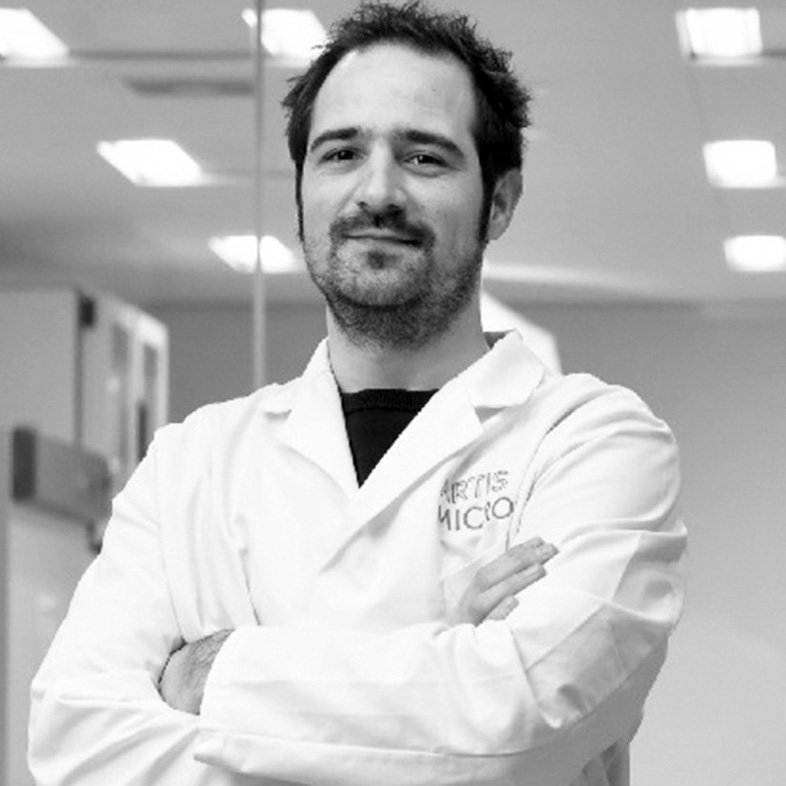
Ruben Janssen is biologist and educator at ARTIS Amsterdam Royal Zoo and at Micropia, the world’s first only museum of microbes in the world. With a master degree in evolutionary biology and working experience in education, scientific research and Micropia’s laboratory, he provides input and content in daily operations, new exhibits, grants and collaborations of the museum. He is also responsible for the content of news items on the website and social media posts of Micropia.
Maurizio Montalti
MOGU, Italy – mogu.bio
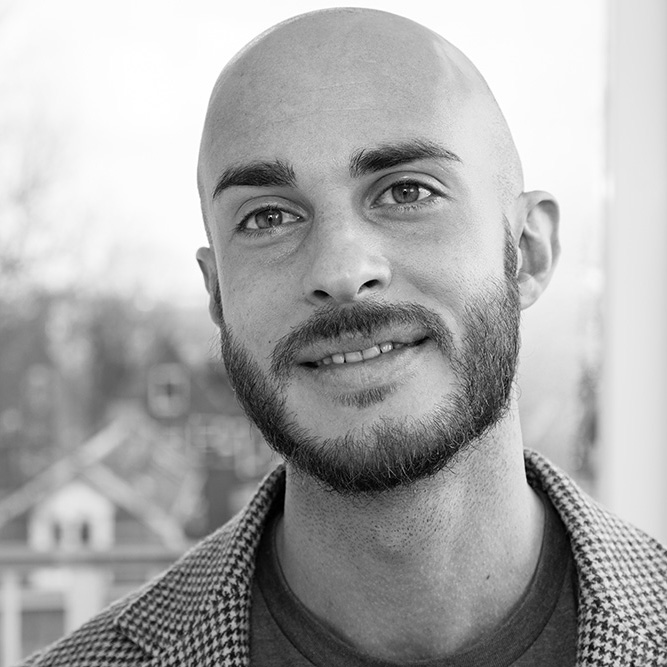
Maurizio Montalti is a designer, researcher, educator and entrepreneur. He is founder and creative director of Amsterdam-based practice Officina Corpuscoli (2010), where he investigates design-research subjects, reflecting on contemporary material culture as well as on the relationship between human and non-human agents, as part of the relational complexity of the dynamic ecosystem we all belong to. Maurizio is also co-founder, designer, and R&D director of MOGU, an innovation-driven design company dedicated to the creation of high-performance solutions and products deriving from fungi. His work has received many awards and has been on show in museums such as the Museum of Modern Art (New York), Centre Pompidou (Paris), Design Museum (London), Triennale (Milano), MAXXI (Rome), and the Museum of Applied Arts (Vienna).
Julia Lohmann
Department of Seaweed, Finland – julialohmann.co.uk
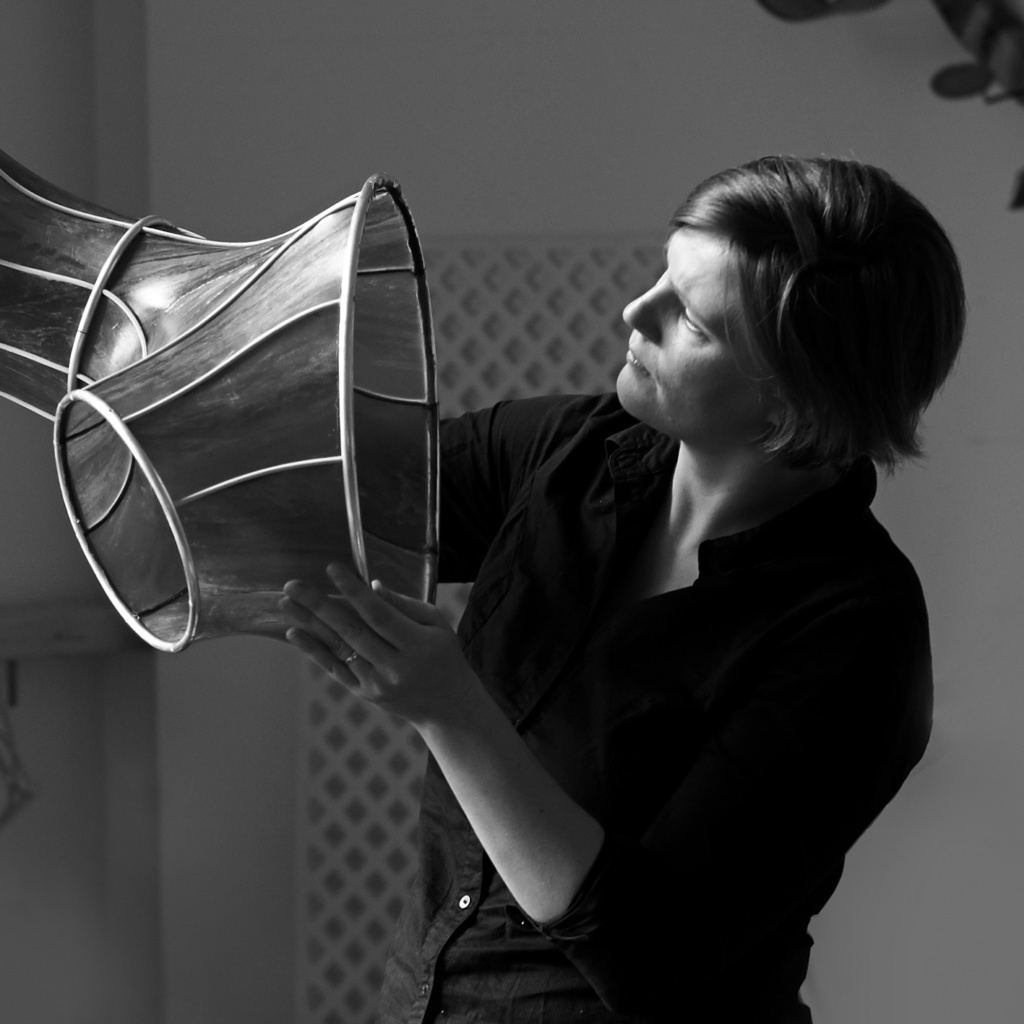
Julia Lohmann is a Professor of Practice in Contemporary Design at the Aalto University School of Arts, Design and Architecture in Finland. She investigates and critiques the ethical and material value systems underpinning our relationship with flora and fauna. Julia’s research interests include critical practice and transition-design, bio materials, collaborative making, museums and residencies, embodied cognition and practice as research. As designer in residence at the Victoria and Albert Museum in 2013, she established the Department of Seaweed, an interdisciplinary community of practice exploring the marine plant’s potential as a design material. She holds a PhD in Innovation Design Engineering from the Royal College of Art, London.
Bernhard Schipper
Scobytec, Germany – scobytec.com
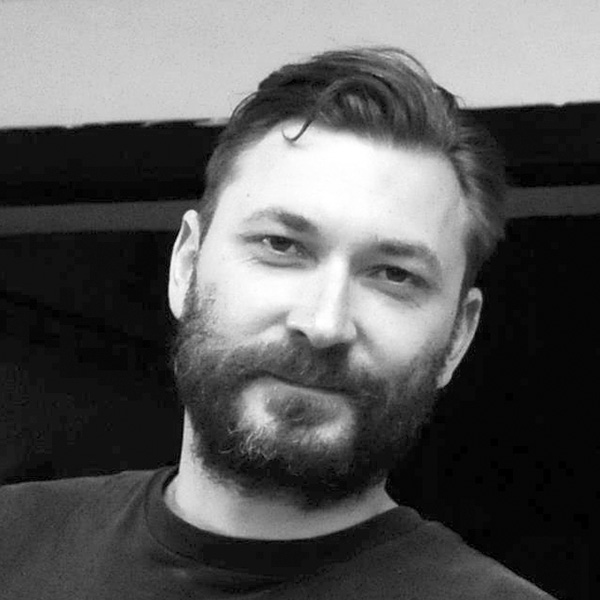
Bernhard Schipper co-founder of ScobyTec which is currently based in Leipzig, Germany. ScobyTec is developing alternative materials based on bacterial cellulose to realize (vegan) leather substitutes, fibers as substitutes for cotton products and wood-based viscose, bioplastics and composites through biofabrication. We provide scalable process engineering and refining methods that are energy efficient and location independent. ScobyTec received several awards such as the IQ Innovation Prize Leipzig, Hugo Junkers Research and Innovation Award and SMILE Business Award 2019.
Filipe Natálio
Weizmann Institute of Science, Israel – weizmann.ac.il
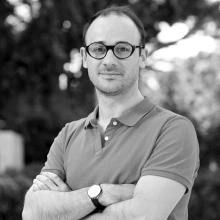
Dr. Filipe Natálio is interested in both ancient and modern materials. At the Scientific Archaeology Unit he is using artificial intelligence based algorithms to study prehistoric stone tools in order to better understand our pre-historic ancestors. Another focus of his work explores new and alternative bio-based fabrication methods that combine molecular design with plant sciences towards material farming. A good example is the use of plants (e.g. cotton) as “factories” for the biological fabrication of a wide diversity of composite materials with tailored functionalities (e.g. smart textiles) allowing further exploitation of wide range of combinations between molecular design and biological systems.
Workshops
“How to Grow?”
“Wie Wachsen?” Scenarios Workshop by MAKE. – Platform for Materials and Technology Transfer (BURG) in collaboration with Karianne Fogelberg from the cx centre for interdisciplinary studies (AdBK Munich).
“Growing as Making”
Mycelium Materials Workshop by MAKE. – Platform for Materials and Technology Transfer (BURG) supported by Maurizio Montalti (MOGU).
Initiative
MAKE. – Platform for Material and Technology Transfer
Prof. Aart van Bezooijen, Ulrike Mäder, Lorenz Ebersbach
Web: burg-halle.de/make
Contact: make@burg-halle.de
Burg Giebichenstein University of Art and Design Halle
Neuwerk 7, 06108 Halle (Saale), Germany
in collaboration with
cx centre for interdisciplinary studies
Karianne Fogelberg
Web: adbk.de
Academy of Fine Arts, Munich
Akademiestraße 2–4
80799 Munich, Germany
Thanks
Workshop Guests
Anthotypie (Dagie Brundert)
BurgLabs – SustainLab ( Ina Turinsky, Henning Françik, Lukas Keller) and BioLab (Maja Rischer, Johann Bauerfeind)
Tech, Admin
Burg gestaltet! Qualitätspakt Lehre (Simon Krautheim, Birgit Watzka)
Burg IT Services (Michael Spindler, Steffen Schwenke)
Visuals
Vreni Knoedler
Communication
Burg Press Office (Silke Janßen)
Email: presse@burg-halle.de
Corona Update: Material Consultation
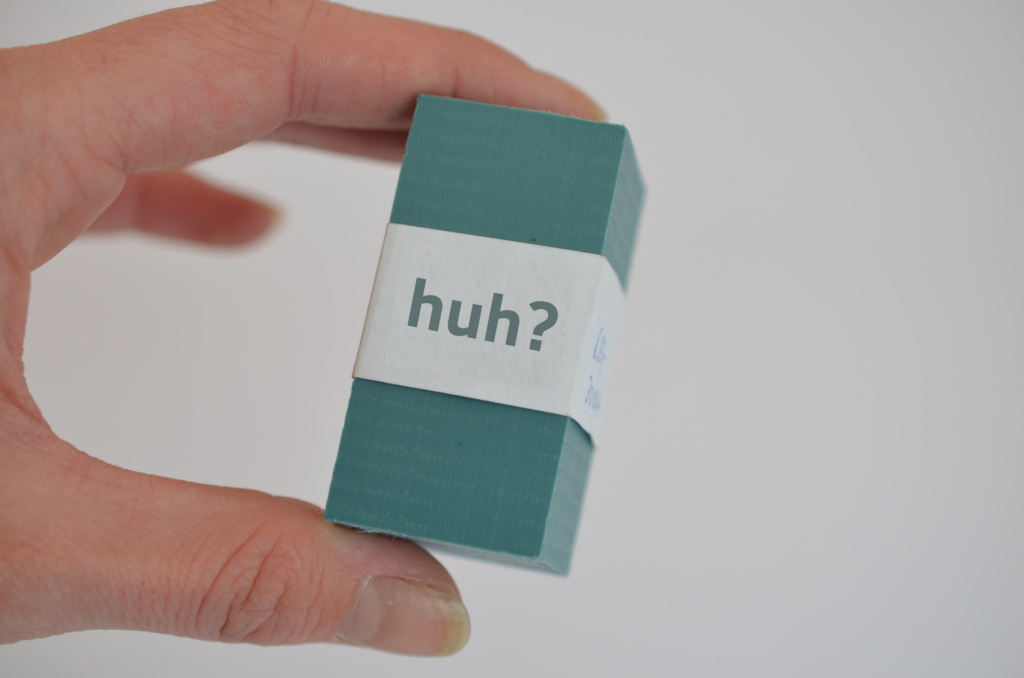
Dear Burg Students,
we hope you are doing well!
If you have any questions on materials or processes, you can still reach us at the open material consultation hour.
Consultation:
Wednesdays between 10:00 – 11:00 via Skype
(max. 15 minutes)
Please send a short e-mail with your name and request to make(at)burg-halle.de
Best regards from all of us at MAKE.
www.burg-halle.de/make
Prof. Aart van Bezooijen, Ulrike Mäder and Lorenz Ebersbach
Workshops: “UNBOXING” and “PALUDIKULTUR” at Wintersession 2020
This year’s Wintersession Platform MAKE. will be offering two material workshops. The first workshop focuses on hands-on work with Paludiculture materials sourced from wet agriculture and forestry on peatlands (see PALUDIKULTUR workshop). The second workshop is all about exploring bio-based materials to develop sustainable packaging prototypes (see UNBOXING workshop).
- Please note: There are still a few seats left for both workshops. BURG art and design students can still apply here for UNBOXING and apply here for PALUDIKULTUR (final deadline for applications 24.2.2020).
Those who are not able to participate in the material workshops are welcomed to join us on 19.2.2020: Lecture by Susanne Abel (on Paludiculture) and 24.2.2020: UNBOXING Symposium (on sustainable materials for packaging design). These are public events – no registration required.
PS: For a closer look at the investigations and (wet) material culture of peatlands, enjoy the video below featuring palaeoecologist Hans Joosten from the University of Greifswald.
Material of the Month: Scrap Glass + Workshop
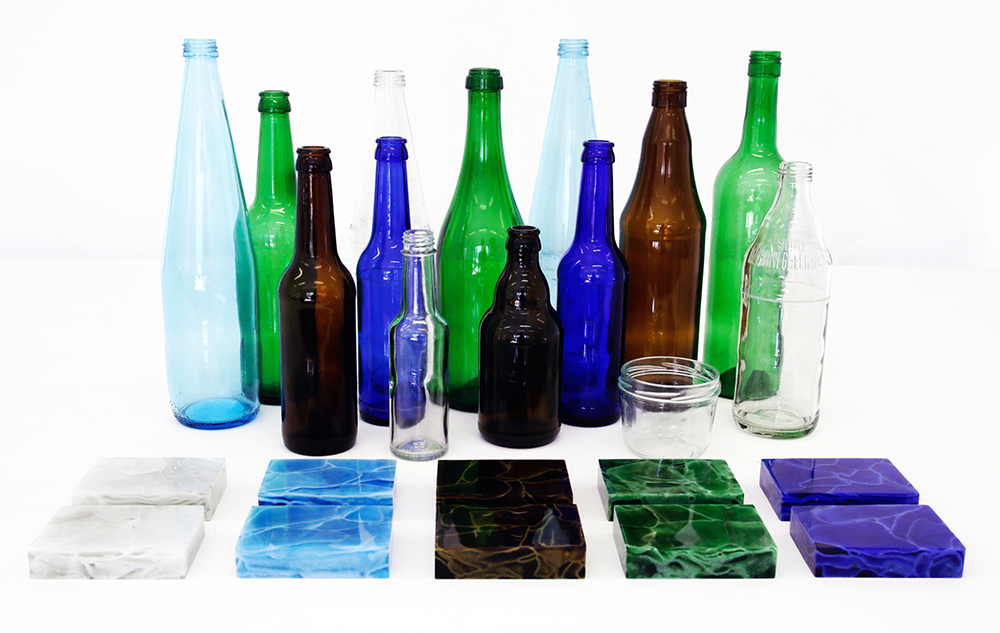
Einführung in das Material Glas im Hinblick auf das Thema „Circularity“
Inhalte
– Werksbesichtigung von industriellen Produktionen unter dem Punkt der Nachhaltigkeit
– Vortrag von Re³Glass (Save the Date: 12.12.2019)
– Querschitte zum DIY Umgang mit dem Material Glas
Recycling von Glas
– arbeiten mit gefundenem Glas als Ressource am Fusingofen
– denkbare Techniken: biegen, fusing und absenken
– maximale Größe in der Fläche sind ca. 30 x 30 cm
Upcycling von Glas
– die kalte Nachbearbeitung von Glas zur Weiterentwicklung
– denkbare Techniken: sägen, schleifen und sandstrahlen
Fakten
– Zeitraum: 9. – 13. Dezember (Ofenstart Freitag 13. Dezember)
– Ort: Bild Raum Objekt Glas (Werkstatt Kurvenburg)
– Teilnehmende: Max. 8 Student*innen aus Kunst und Design
Anmeldung bis 30.11.2019
Die Anmeldung erfolgt per Email über make(at)burg-halle.de Bitte mit angeben:
– Name, Studiengang und Studienjahr, Matrikelnummer
– Dein Vorhaben (“Was würdest du gerne machen?”, “Mit welche Glasobjekten würdest du Arbeiten?” in 2-3 Sätze oder als Skizze)
– In KW49 werden die Teilnehmer*innen bekannt gegeben
Sound Qualities of Material
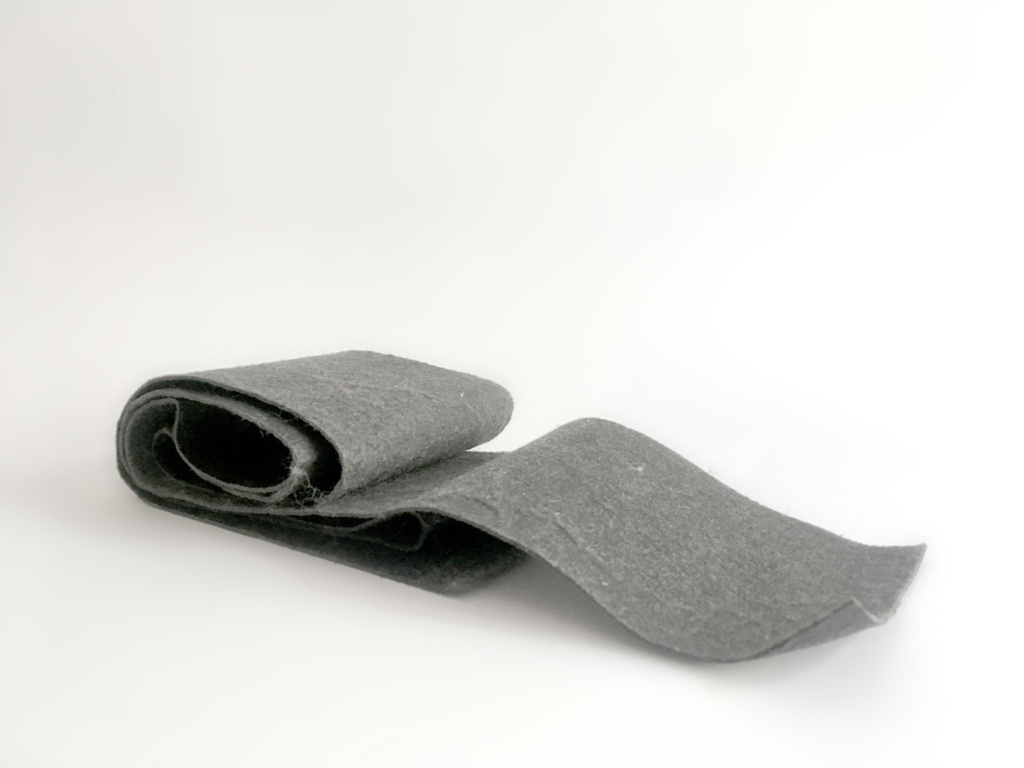
About hearing
Remote events have an indirect effect on us through sound waves. We can therefore participate in them. Sound is always connected with actions or movements. This sound energy in the form of vibrations of elastic media is processed in our ear as a stimulus. This events of our environment are brought to awareness through hearing. The environment acquires a character through its sound world. But also the physicality of sound sources (e.g. we connect high sounds rather with small objects and low sounds with large bodies) and their dynamic processes of events (tearing, crumpling etc.) are audible with the ears. The materiality of the sound source can be sensed by the ears, but requires further senses to identify it (seeing and touching). The auditory sense needs the visual sense as verification: “We hear what we see”. The reflection of the sound from the materials in the room form the sound of a room. This individual sound helps us to identify in which space we are and whether it is open or closed. Engineers, architects and designers are concerned with two phenomena in room acoustics that they specifically employ: the reflection and absorption of sound energy. In the acoustic design of rooms, objects, textures or elements are installed in the room which specifically change the sound. A balance of both phenomena has to be considered. For example, a room with too short reverberation time will choke any sound, while again the reflections with too long delay (long reverberation time) will be confusing due to their overlapping. While we can use the visual sense to look at resting objects, hearing always has to do with movement and action. Here a constant sound level (corresponds to constant movement) can be understood as rest (or ignored). Sudden level changes (e.g. abrupt silence) first attract our attention.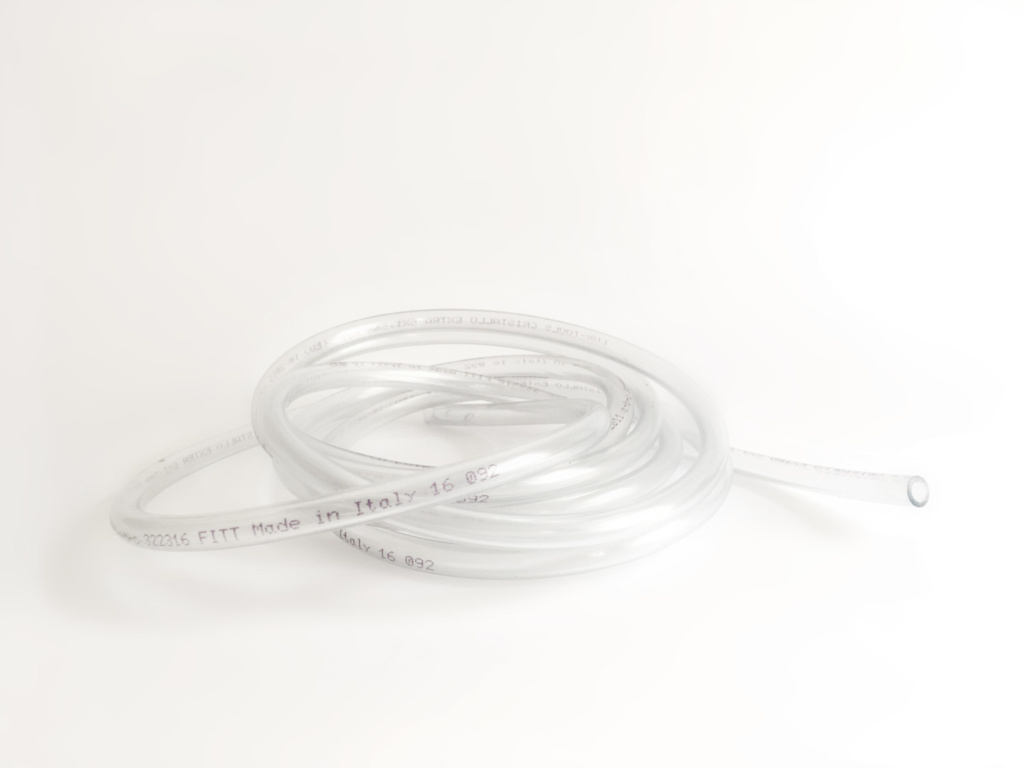
A brief glimpse into the history of material sound
The constant technical developments of the last 200 years have shaped today’s soundscape. Noise can be a pleasant or noisy (disturbing) indicator for technical and social developments. They signal impending innovations or necessary changes, such as the steam engine and the railway. The greatest social upheaval was the emerging interplay of technology and manual work in the soundscapes of 18th century factories. After the industrial revolution, the attention for the sound was still increased by the sound conservation. The developments of Edison (phonograph) and Berliner (gramophone) made it possible to reproduce the sound and the ambient noise not only in a fixed position, but also in a temporally and spatially offset manner – in relation to the source. In the first half of the 20th century, there was a flood of noise and, as a result, a transformation of the noise environment. A sound environment sets a certain development to music in the form of a sound vision. While a large part of the population would describe the sound sphere of the early 20th century as an expression of technological progress, we would undoubtedly perceive this world of sound today as a noise nuisance.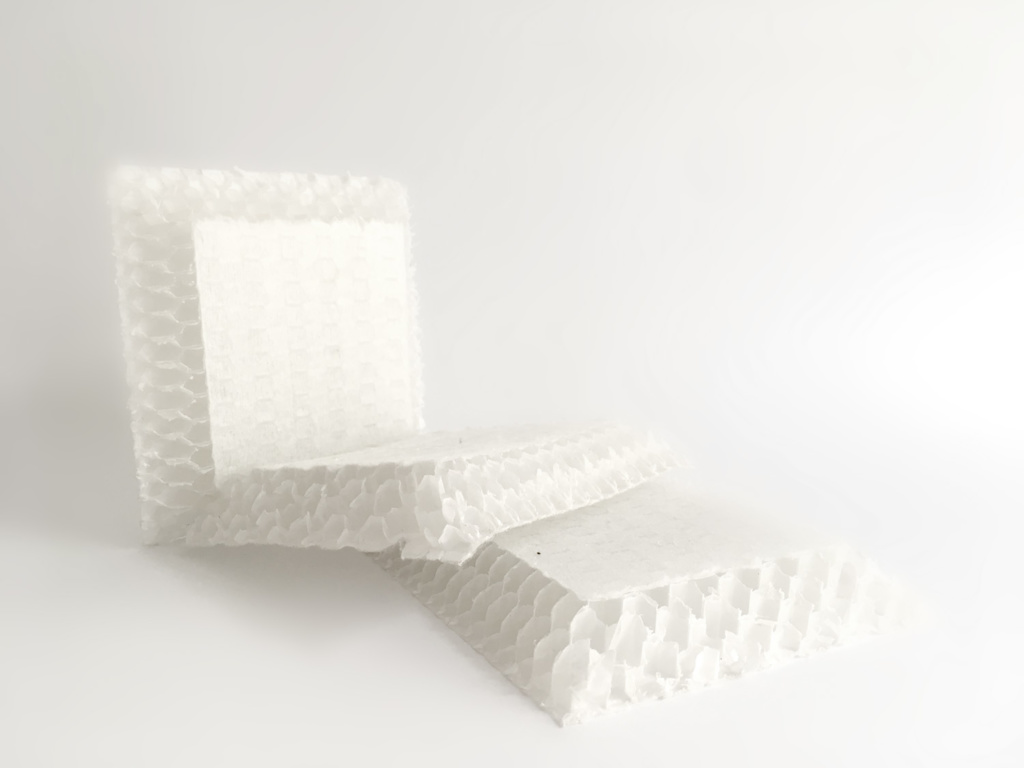
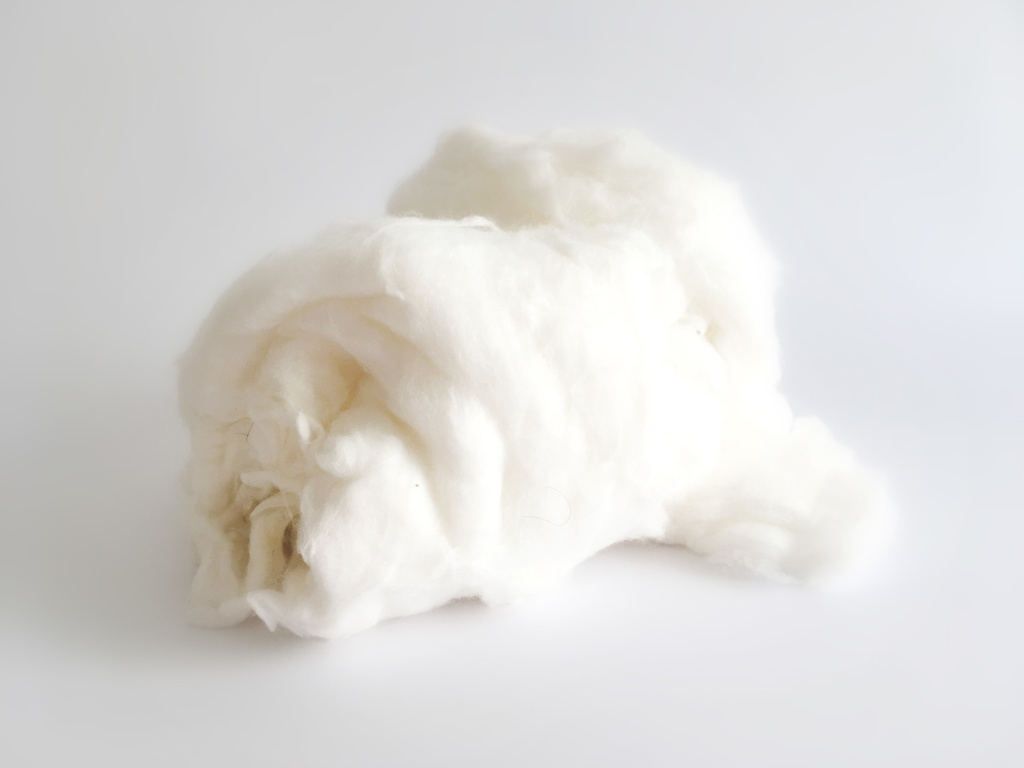
Glossary of Hearing
Acoustic Design Acoustic design is an interdisciplinary field that deals with the aesthetic quality of the acoustic environment and transforms this sound sphere. The acoustic designer acts according to the principles of extinguishing or damping certain sounds, testing and releasing newly created sounds to the environment, preserving existing orientation sounds and primarily locating, placing and creating an acoustic environment. Acoustic Ecology Acoustic ecology deals with the effects of sound worlds on the physical behaviour and reactions of the beings living in them. Amplitude The amplitude describes the or intensity of sound oscillation. Audible Range The audible range describes the perceivable pitches and volumes of a human being. Pitches can be perceived between 20 Hz and 20,0000 Hz. The volume is limited downwards by the hearing threshold (the quietest sound a person can hear). At the top, this area is closed off by the pain threshold. In this area, sounds can cause permanent physical damage to the human auditory organs. Bandwidth The bandwidth is the frequency range of a sound. Basic tone The deepest sound of a sound. In the study of the phonosphere, a fundamental sound also describes the background sound of a particular society. For example, the wave noise of a community by the sea. Envelope Curve The temporal course of an amplitude is described with the envelope curve. A sound event is divided into a transient phase (attack), first damping (decay), body (sustain) and decay (release). Frequency The vibration frequency of a sound vibration is specified in Hertz. One Hertz is one oscillation per second. Hi-fi Stands for high fidelity and in electroacoustics describes a high signal-to-noise ratio of the sound information to the background noise of the recording. Murray Schafer also uses the term in lute sphere studies. Here, he describes a hi-fi environment whose sounds are clearly audible and without trapping or overlapping, i.e. are perceived in detail and clearly. Lo-fi In electroacoustics, low fidelity refers to an unfavourable distance between sound information and the background noise of the recording. The noise is noticeably disturbing in the information level of the foreground signal. Murray Schafer uses this term in lute tube studies as an expression of a Lo-fi environment that is flooded with signals. Loud Noise / Din Loud noise refers to various sounds and phenomena. It can be used to describe 1) unwanted sounds, 2) unmusical sounds, 3) strong sounds or 4) signal disturbances. Noise is used almost exclusively as a subjective expression. Noise Is sound with undefined pitch and timbre. The wave-shaped representation shows a chaotic frequency image without recognizable repetition. Signal sound A sound that draws special attention to itself. In the phonometric studies, the signal sound is compared with the fundamental sound. Sound Sound is a complex superposition of fundamental and overtones. Animal sounds and the sound of musical instruments are called animal sounds. Soundscape The sound environment and all its excerpts are described as a sound sphere. Sonority Sonority is the comprehensive term for audible and inaudible sound energy. Sound waves below 20 Hz are called infrasound and sound waves above 20,0000 Hz are called ultrasonics. Tone In acoustics, a tone is an (artificially) generated sound that oscillates in only one frequency. It has no overtones. Tone color The timbre is formed by specific overtones. This allows us to clearly assign the tone of an instrument to a flute or a violin, for example. Each individual has his or her own timbre when creating lutes. Volume The intensity of what is heard is described as the volume. The degree of intensity is perceived subjectively by each individual.Material
To hear material, the material must go into action. This can happen between materials, or between a user and the material. For sounds to be produced, there must be movement that produces this sound energy. Materials can be …- null
- rubbed against each other
- torn
- crumpled
- pulled
- depressed
- pitched
- rushed
- stroked
- crushed
- pleated
- crumpled
- convulsed
- beaten
- etc.
- null
- Corn starch in a leather bag makes the sound of snow crunching.
- An arrow or a thin stick makes a hiss.
- An old chair produces a controllable creak.
- Scorched plastic garbage bags cut into strips make a realistic sounding candle or soft crackling fire as the bag melts and drips to the floor.
- Gelatine and hand soap make squeezing noises.
- Frozen Roman lettuce causes noises from bone or head injuries.
- Coconut shells cut into two halves and filled with padding make horseshoe noises.
- Cellophane produces crackling fire effects.
- Acorns, small apples and walnuts on a wooden parquet can be used for bone fractures.
- Walnuts are used instead of ice cubes in a glass of water because they do not melt.
- Large and thin metal plates can be used when bending to thunder.
Workshop
In media design, sounds are used to enhance or change the effect of the content or to control the viewer’s focus. Digital media offer countless application possibilities. However, before the sound is separated from the generating object by digital playback possibilities, sound and material should be viewed together in order to better understand their application.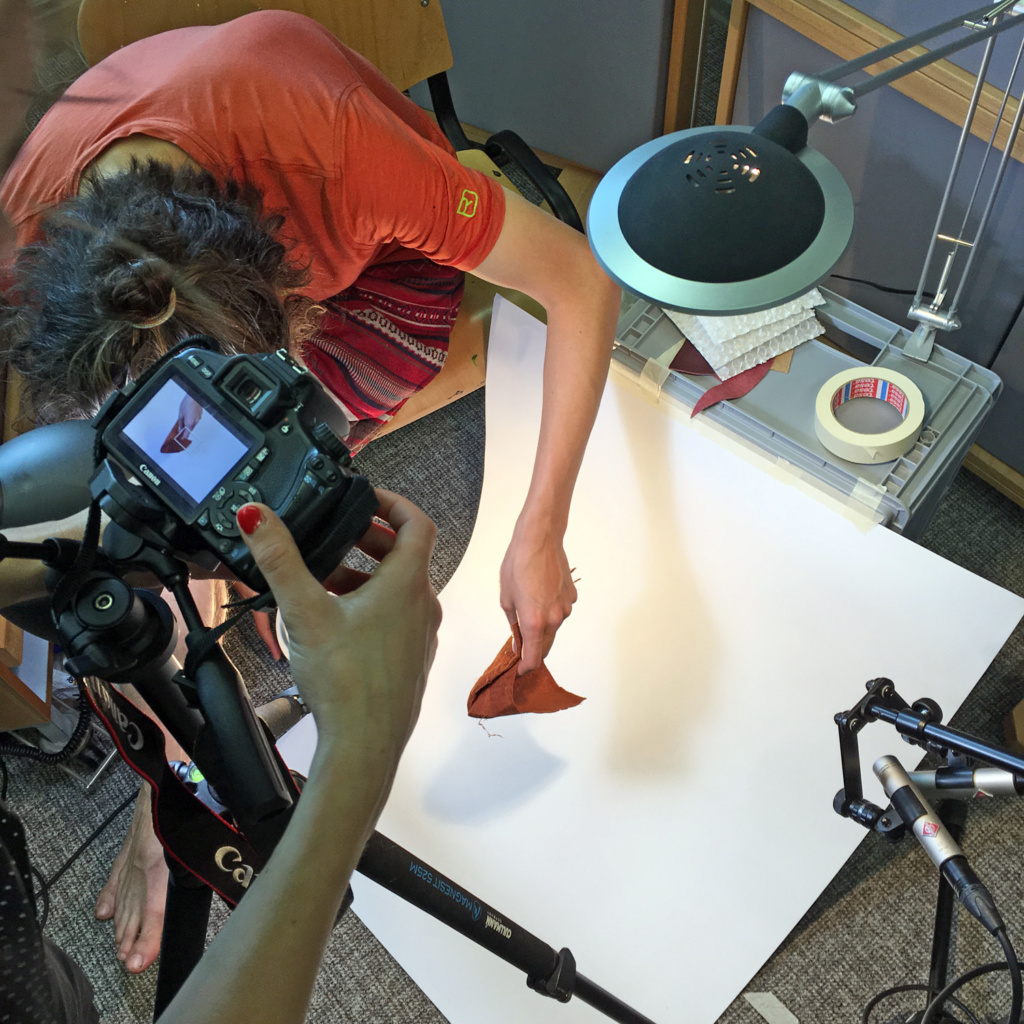
Alexander Rex, July 2019
Further Reading
Adams, Tyler (2016), Sound Materials, Frame Publishers, Minneapolis (USA) Ament, Theme (2009), The Foley Grail: The Art of Performing Sound for Film, Games, and Animation, Focal Press, Burlington, MA Langenmaier, Arnica-Verena (1993), Akustik – Eine Aufgabe des Designs: Der Klang der Dinge, Verlag Silke Schreiber, München Luckner, Peter (2001), Verständigung zu Akustik und Olfaktorik als Material im Designprozess, Burg Giebichenstein, Halle (Saale) Rudolph, Axel (1993), Akustik Design – Gestaltung der akustischen Umwelt, Verlag Peter Lang, Frankfurt am Main Schafer, Murray (1977), Klang und Krach – Eine Kulturgeschichte des Hörens, Athenäum Verlag, Frankfurt am Main Schönhammer, Rainer (2013), Einführung in die Wahrnehmungspsychologie, Facultas Verlag, WienMaterial of the Month: Hanji + Workshop
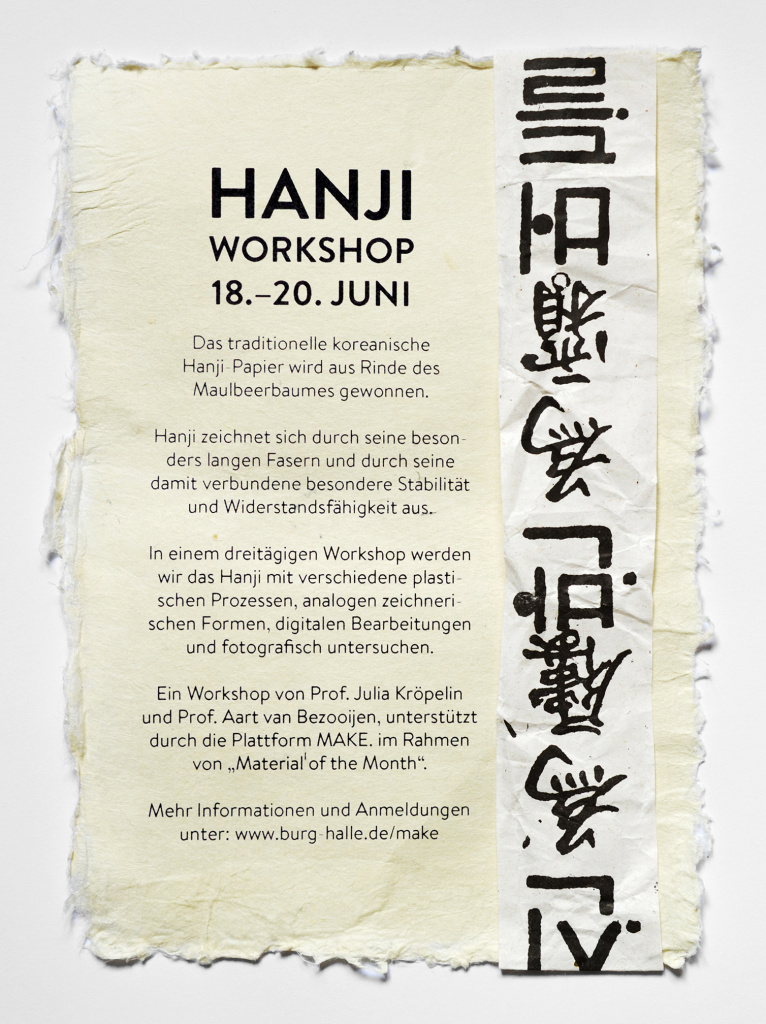
Der Workshop findet von Dienstag bis Donnerstag 18.- 20. Juni jeweils von 9.30 – 16.30 im Südflügel / Atelier II statt.
Verbindliche Anmeldungen bitte bis zum 10. Juni 14. Juni unter: kroepelin(at)burg-halle.de oder make(at)burg-halle.de
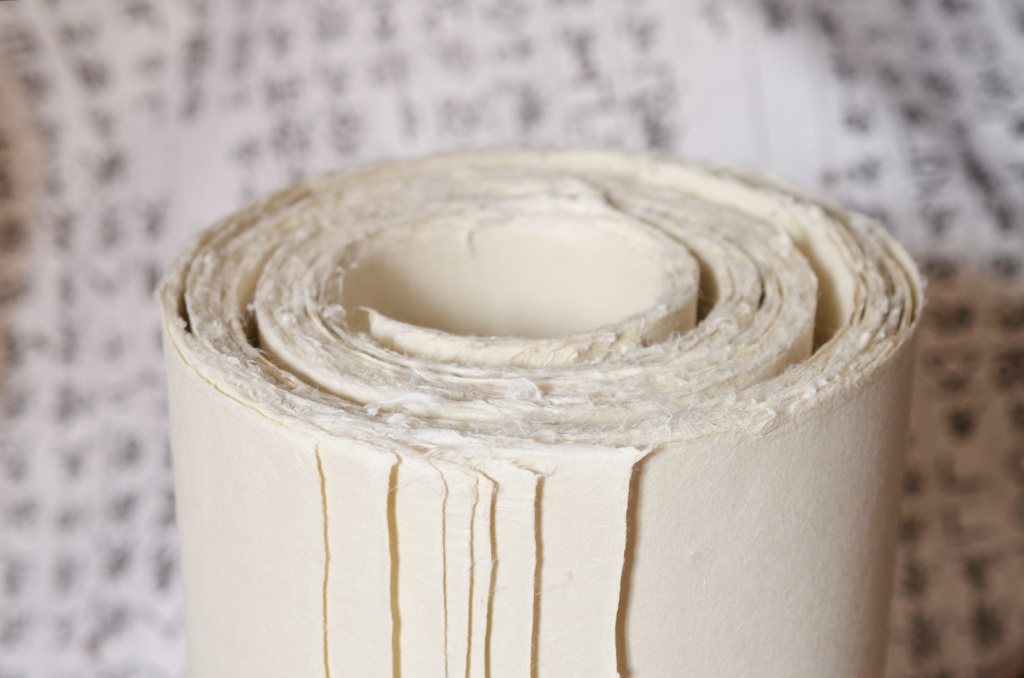
Workshop: Conflicted Matter with Garðar Eyjólfsson
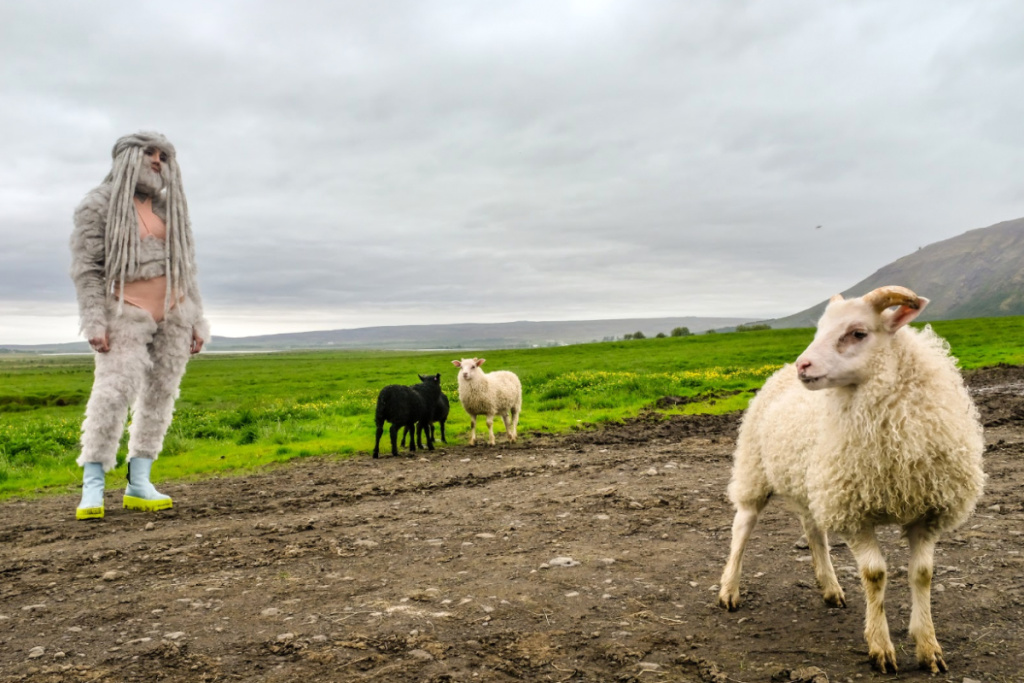
For this year’s Wintersession platform MAKE. is collaborating with materials researcher Garðar Eyjólfsson. Garðar is known for bringing together contextual, material and narrative research in his work as a means to explore & translate zeitgeist topics. We know Garðar from the Iceland University of the Arts (Burg Partner University) where he is the program director of the MA Design: Explorations & Translations program.
In this Conflicted Matter workshop we will explore (energy) industries in Halle locally through the critical lens of multiple narratives in order to seek out, document and embrace new possibilities between humans, technology, culture and the environment.
Initiated by platform MAKE. – Prof. Aart van Bezooijen, Ulrike Mäder, Lorenz Ebersbach
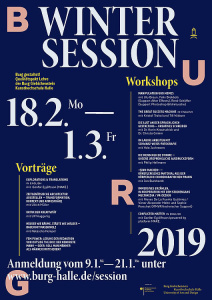 For more information and registrations please visit:
For more information and registrations please visit:
Workshop: Conflicted Matter with Garðar Eyjólfsson
– Deadline for applications 21.01.2019 –
Workshop Video:
Material of the Month: ThermHex Honeycomb Panels
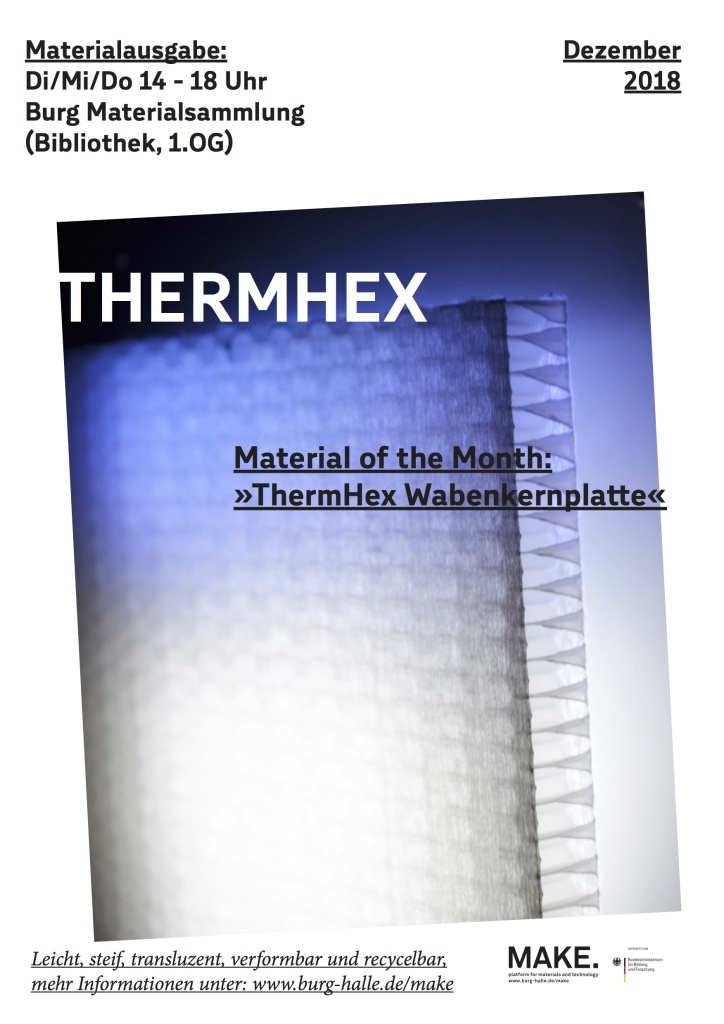
We are excited to demonstrate ThermHex Honeycomb Panels as Material of the Month. These next generation materials have a few promising qualities compared to solid panels (such as wood). The inner honeycomb structure provides the material both lightness and structural stability. The open (airy) structure and translucency of the material goes well in combination with (colored) light. Finally, the whole panel is made of a single polypropylene material, a thermoplastic which is recyclable and easy to (heat) transform.
Kick-Off Workshop this Tuesday: From 13.00 – 18.00 we are exploring its construction-lightness, light-translucency, heat-transformation and gather ideas for joints/connections with other materials. Students from all departments are welcomed to join us in getting hands-on with these ThermHex honeycomb panels.
Get your own (free) material samples for experimentation at the Burg Material collection.

